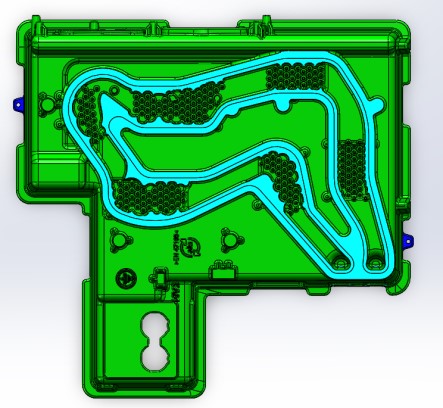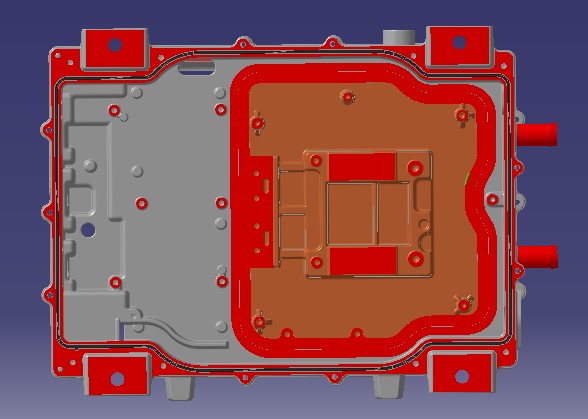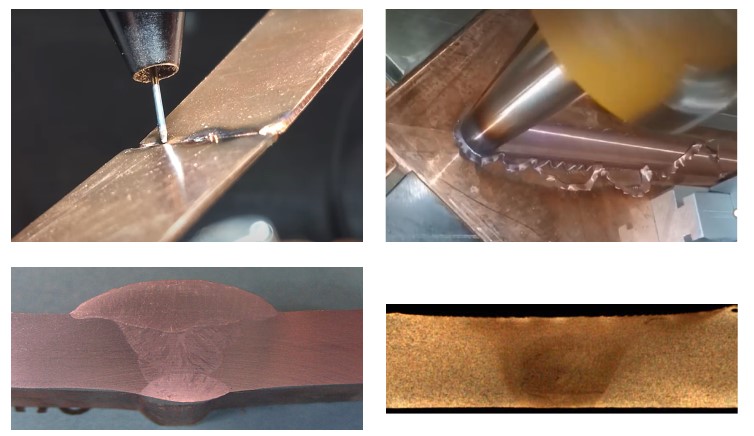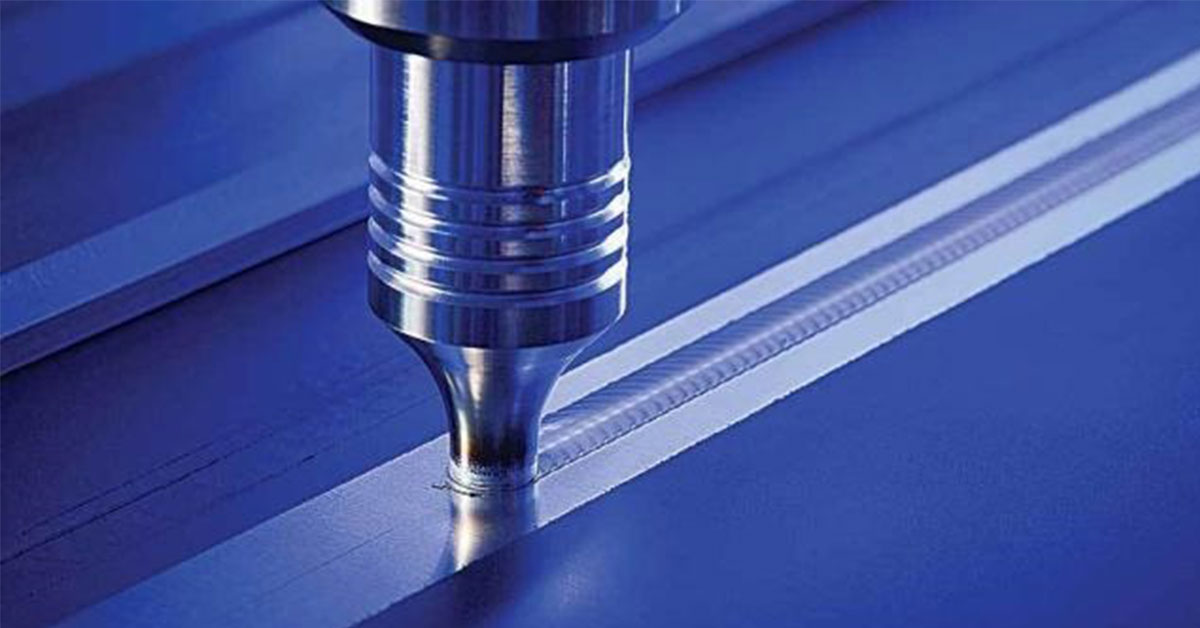Understanding Friction Stir Welding Advantages and Disadvantages
The Principles and Applications of Friction Stir Welding (FSW)
Friction Stir Welding (FSW) is a revolutionary solid-state joining technique, developed by The Welding Institute in the UK. This method has quickly progressed from invention to widespread industrial use, marking one of the fastest advancements in welding technology. Unlike traditional fusion welding, FSW occurs below the material's melting point, which classifies it as a solid-state process. This characteristic helps avoid common issues found in fusion welding, such as porosity, cracking, distortion, and oxidation. Furthermore, the lower welding temperature in FSW reduces the softening of the welded joint, thereby enhancing its overall performance.
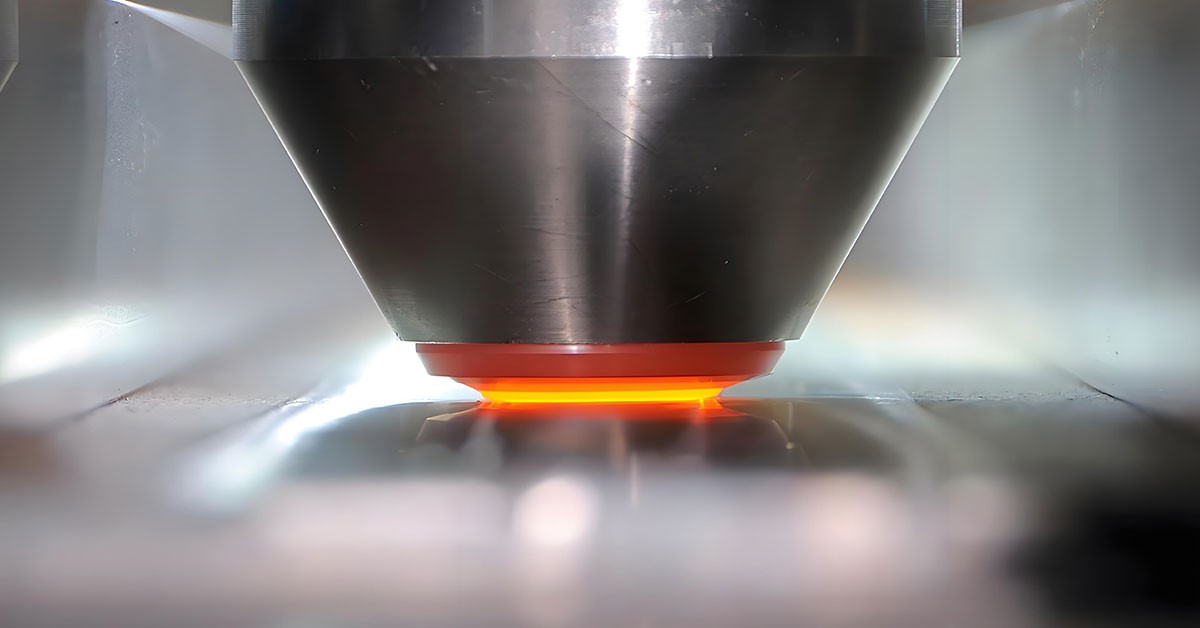
The Working Principle and Characteristics of Friction Stir Welding
In Friction Stir Welding, a rotating tool, known as the stir tool, is driven along the seam between two materials. The frictional heat generated by the tool's shoulder and the workpiece brings the material into a plastic state. As the tool progresses, the highly plasticized material is stirred from the advancing side to the retreating side, and the subsequent cooling forms a solid weld. During this process, the intense pressure and heat cause the original grain structure in the weld zone to break down, and dynamic recrystallization occurs, transforming the material into fine equiaxed grains. The thermo-mechanically affected zone (TMAZ) experiences significant plastic deformation under the tool's high rotation, but the heat generated is not sufficient to cause recrystallization, leading to only partial grain growth. In the heat-affected zone (HAZ), grain coarsening occurs due to thermal cycles, often resulting in a coarser structure than the base material.
During welding, the tool is slowly plunged into the base material, with the shoulder making firm contact with the surface to generate frictional heat. As the tool rotates and moves along the seam, it generates heat through friction between the shoulder, pin, and workpiece. This frictional heat softens the material around the pin, allowing it to flow plastically. The shoulder plays a dual role by providing the majority of the frictional heat and applying downward pressure to prevent the plasticized material from extruding. As the tool progresses, it stirs the surrounding material, forming a solid weld seam as the material cools and solidifies. The welding temperature remains below the melting point of aluminum alloys, distinguishing FSW from traditional fusion welding and providing several inherent advantages.
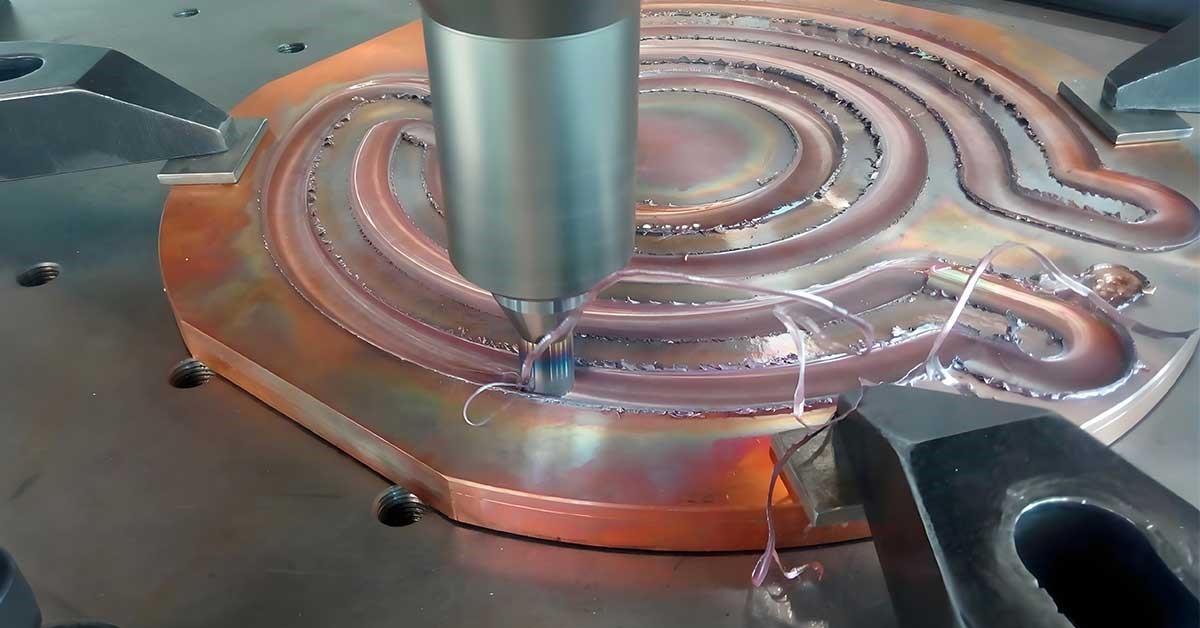
2. Applications of Friction Stir Welding
FSW is a solid-state joining technique that uses frictional heat as its primary heat source, but it differs significantly from conventional friction welding. The process begins by securely clamping the workpieces onto a workbench. The rotating stir tool is then plunged into the seam between the workpieces until the shoulder makes firm contact with the surface. The frictional heat generated by the interaction between the rotating pin and the base material, combined with the heat from the shoulder, raises the temperature of the material at the seam, softening it. As the stir tool moves forward along the seam, the material in front undergoes severe plastic deformation. The highly plasticized material is then extruded behind the tool, where the pressure from the shoulder helps forge the material together, completing the welding process.
The stir tool plays a crucial role in the FSW process by generating heat, breaking up the oxide layer on the workpiece surface, and facilitating the flow of plasticized material. Thus, the design of the stir tool is critical, influencing the process parameters and the quality of the weld. The Welding Institute has continuously improved the stir tool's design, introducing various new models. These enhanced tools feature specially shaped pins and optimized shoulder designs, which increase frictional heat generation, improve material flow around the pin, and aid in dispersing the oxide layer within the weld zone. These advancements allow for the welding of thicker plates at relatively higher speeds. As FSW technology evolves, its applications have expanded to several key industries, including:
1. Aerospace Industry
2. Shipbuilding Industry
3. Railway and Road Transportation
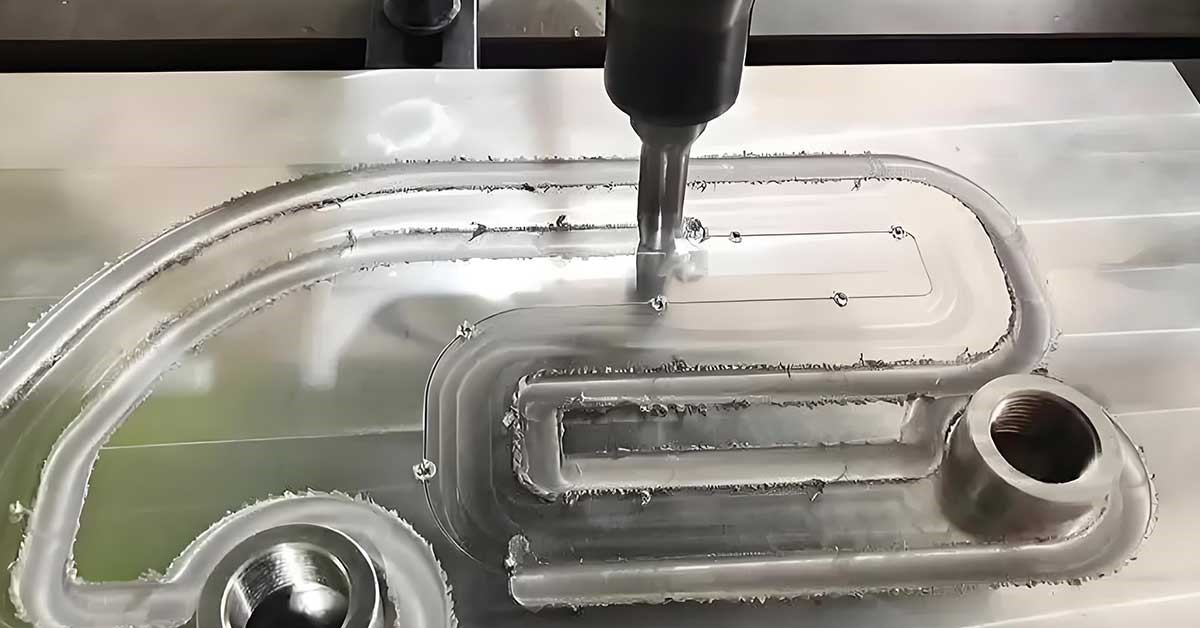
What are the Advantages of Friction Stir Welding?
1. Minimal microstructural changes in the heat-affected zone, leading to lower residual stress and reduced distortion of the workpiece.
2. The ability to weld long seams, large cross-sections, and varying positions in a single pass, resulting in strong joints.
3. Ease of automation and mechanization, with simple equipment requirements and low sensitivity to the working environment.
4. No need for filler material, pre-weld oxide removal for aluminum alloys, or shielding gas, resulting in lower costs.
5. Suitable for welding materials sensitive to hot cracking and dissimilar materials.
6. Safe, environmentally friendly process with no fumes, radiation, or pollution.
What are the Disadvantages of Friction Stir Welding?
1. Workpieces must be rigidly clamped, and a backing plate is required.
2. The keyhole formed at the end of the weld when the stir tool is retracted is challenging to repair.
3. Tool design, process parameters, and mechanical performance data are limited to specific alloy ranges.
4. Further enhancement is needed for practical applications in fields requiring high corrosion resistance, minimal residual stress, and precise control over distortion.
5. Welding speed is not very high when performing single-pass welds on thick plates.
6. Rapid tool wear can be an issue, leading to higher maintenance costs.


